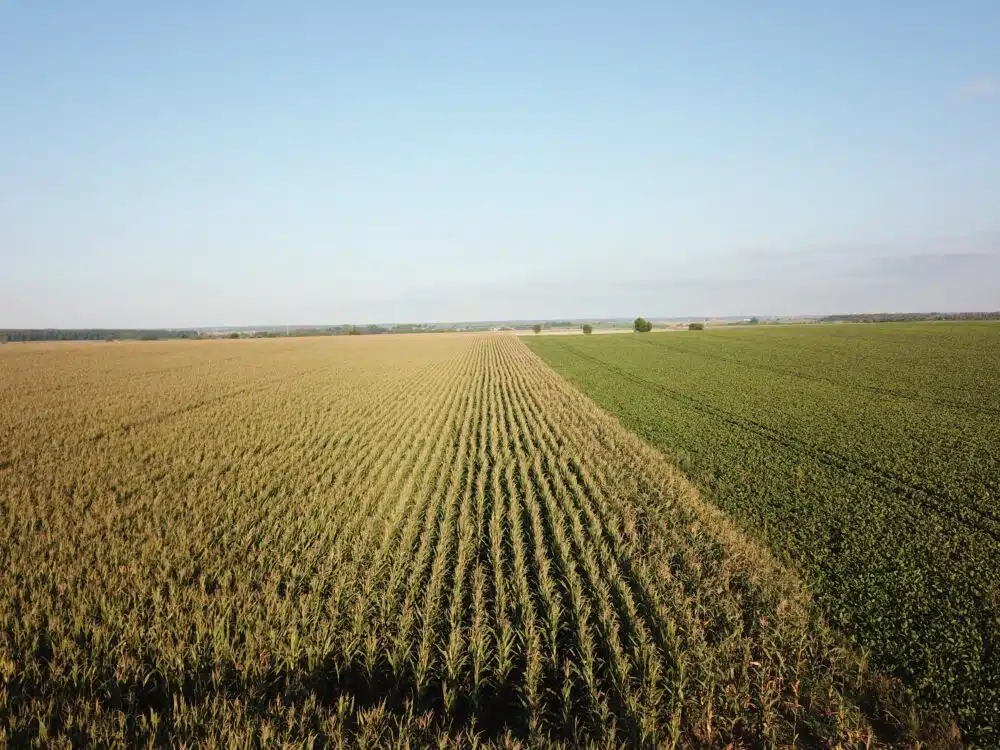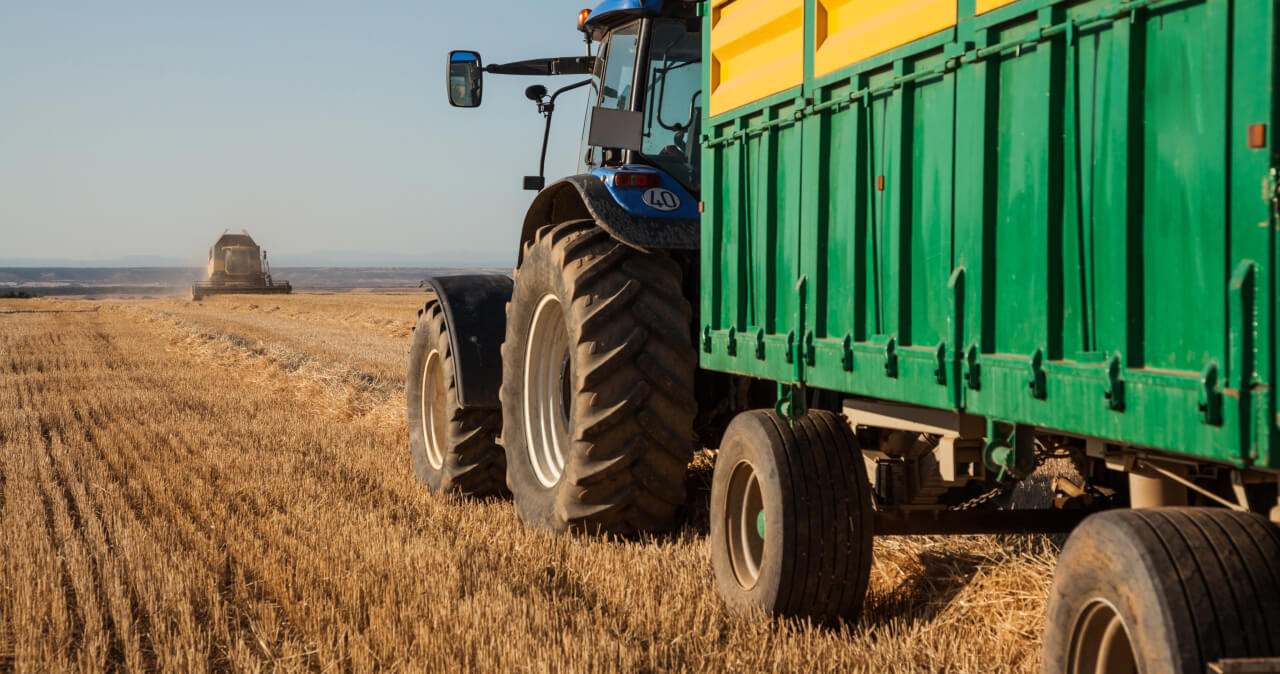

The measurement and monitoring of soil carbon sequestration over time is a critical component of carbon offset verification. Verifying carbon offsets and fulfilling the requirements of a carbon credit program can be a multifaceted process. However, there exist various approaches that landowners and growers can employ to accomplish this task efficiently.
In order to accurately assess changes and improvements in crop yield and quality over time, it is crucial to establish a baseline of soil organic carbon levels before embarking on any carbon offset program. To properly assess the soil’s carbon content, a comprehensive soil analysis must be carried out. This initial assessment will serve as a benchmark for gauging forthcoming alterations in soil organic carbon concentrations.
Various techniques can be employed to track alterations in soil organic carbon concentrations. It is crucial to select a dependable, fast and scalable monitoring technique that suits the particular farm or land circumstances since each approach has its advantages and disadvantages.
Frequent monitoring of soil organic carbon levels is crucial for precise carbon offset verification, ideally on an annual basis. By implementing this approach, land managers and agricultural producers can monitor alterations in soil carbon concentrations over a period and modify their management techniques accordingly.
It is crucial to maintain comprehensive documentation of all carbon offset verification activities, such as soil sampling and analysis, monitoring techniques, and any management strategies employed. This is necessary to exhibit adherence to the regulations of the carbon credit program.
Procuring the expertise of a reliable third-party verifier can furnish an extra layer of certainty that carbon offset verification is precise and adheres to programme prerequisites. Independent assessments of soil carbon levels can be provided by verifiers, which can aid in identifying areas for improvement in management practices.
Through implementation of these techniques, land managers and agricultural producers can proficiently authenticate carbon offsets and guarantee adherence to carbon credit program prerequisites. This practice has the potential to generate supplementary revenue by trading carbon credits, while simultaneously supporting the objective of reducing climate change through carbon sequestration.

Better data for smarter decisions & precise actions in the field.